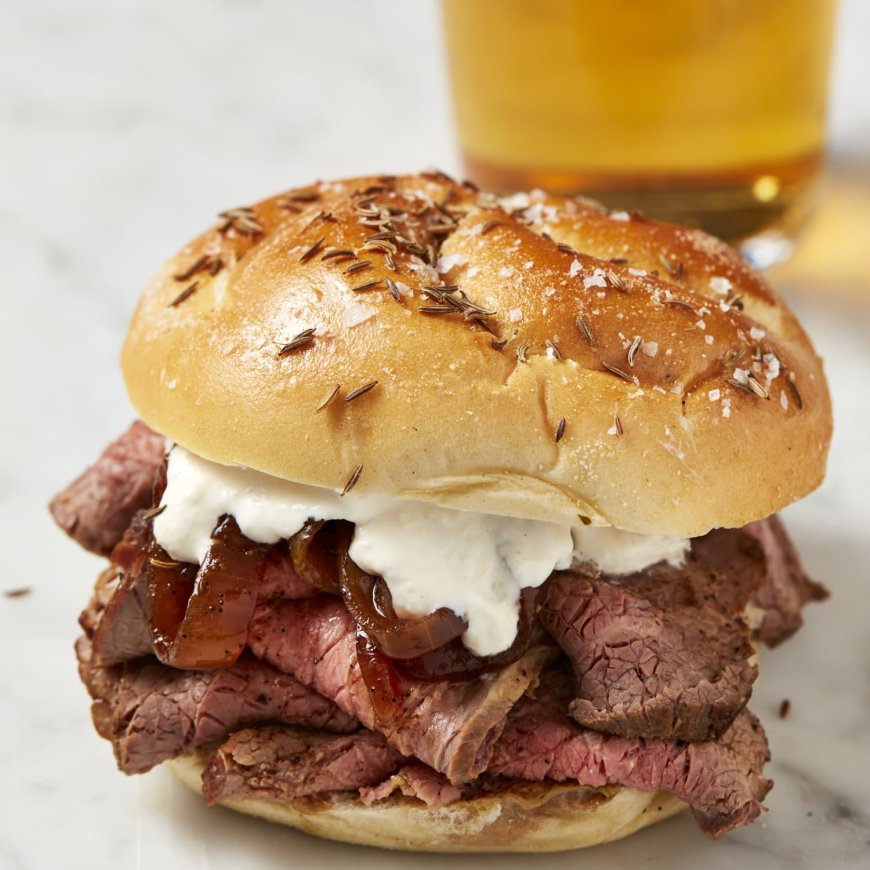Beef on Weck: Buffalo's Other Sandwich Revolution
The story behind Buffalo's most underrated culinary creation and why beef on weck deserves recognition alongside wings as a WNY classic.

While Buffalo wings get all the attention, the city's other great culinary creation—beef on weck—tells an equally compelling story of immigrant ingenuity and local pride that deserves recognition as one of America's great regional sandwiches. The sandwich features thinly sliced roast beef piled high on a kummelweck roll—a hard roll topped with caraway seeds and coarse salt that German bakers brought to Buffalo in the 1800s. The combination was perfected in Buffalo's numerous taverns, where the salty roll encouraged beer drinking while the tender beef satisfied hungry industrial workers looking for a substantial meal. Local institutions like Schwabl's Restaurant in West Seneca and Charlie the Butcher became legendary for their beef on weck, developing techniques for slicing beef paper-thin and achieving the perfect balance of meat, roll, and au jus.
The sandwich requires specific preparation: the roll must be fresh, the beef carved to order, and the au jus served hot for dipping. Unlike wings, which spread worldwide, beef on weck remained largely regional, available almost exclusively in Western New York and representing the kind of authentic local food culture that defines Buffalo's character. Today, as food tourism grows and Buffalo's culinary reputation expands beyond wings, beef on weck is finally getting recognition as a sandwich worthy of national attention and a delicious symbol of Buffalo's German-American heritage.
What's Your Reaction?
 Like
0
Like
0
 Dislike
0
Dislike
0
 Love
0
Love
0
 Funny
0
Funny
0
 Angry
0
Angry
0
 Sad
0
Sad
0
 Wow
0
Wow
0


























